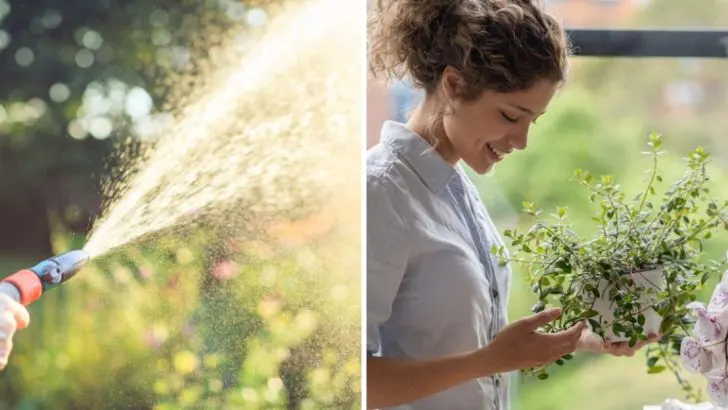Gardening comes with a lot of advice—some helpful, some… not so much. Over time, certain tips get passed around so often they start to sound like facts, even when they’re completely off-base. The frustrating part? Some of these myths actually make things harder, not easier.
From watering habits to planting techniques, a surprising number of so-called “rules” don’t hold up when you look a little closer. But they keep getting repeated, year after year. It’s time to clear the air and call out the ones that really need to be retired.
Myth 1: Watering Plants in the Sun Burns Them

Many gardeners believe watering plants in the sun can burn them. This myth stems from the idea that water droplets act like magnifying glasses, focusing sunlight and causing leaf scorch. In reality, this is unlikely. Water evaporates quickly under the sun, and leaves have evolved to handle sunlight naturally. While it’s true that watering during cooler periods reduces water loss through evaporation, sun-scorching from watering is not a significant risk. Instead, focus on watering thoroughly to reach deep roots. With this knowledge, you can confidently water your garden under the sun without fear of causing harm.
Myth 2: Talking to Plants Helps Them Grow
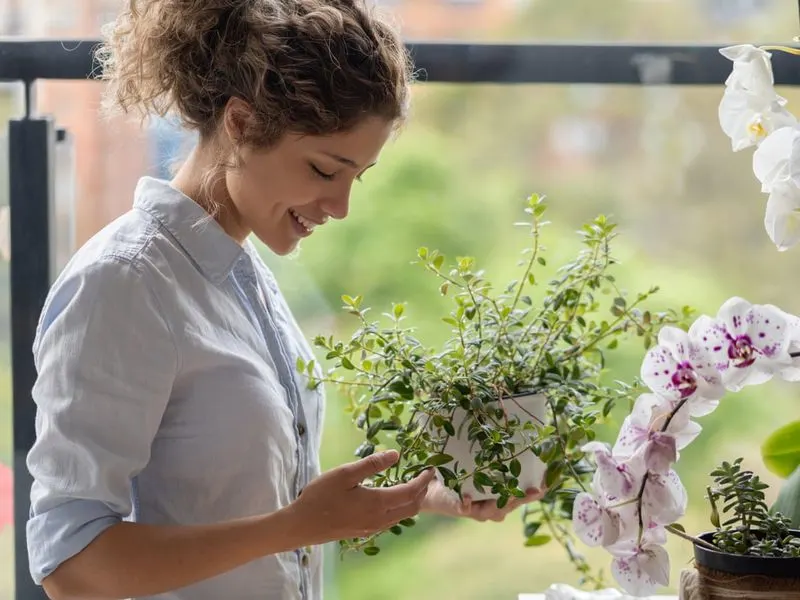
The belief that talking to plants helps them grow dates back centuries, capturing imaginations. While it’s charming to think plants respond to your voice, scientific evidence doesn’t fully support this. Some studies suggest that vibrations from sound may influence plant growth, but results are inconclusive. Moreover, spending time in your garden provides benefits such as increased observation and care. It’s this attention, rather than conversation, that truly supports plant health. So keep chatting if it brings joy, but remember, it’s your hands-on care that makes the real difference.
Myth 3: Organic Pesticides Are Completely Safe
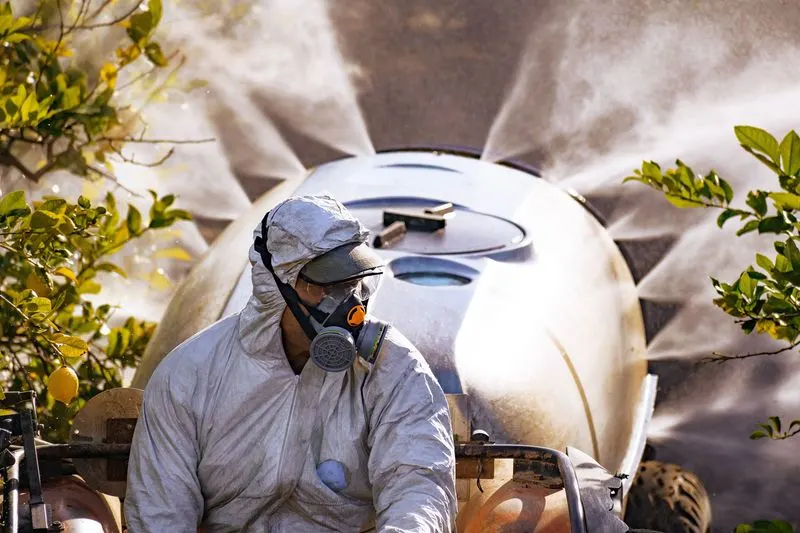
Many assume organic pesticides are entirely safe, but this isn’t the case. While they derive from natural sources, they can still harm beneficial insects and even plants if misused. Some organic substances, like pyrethrins, can be toxic to aquatic life. It’s crucial to follow application instructions and understand the potential impact on your garden’s ecosystem. Choosing the right treatment requires knowledge and consideration of both benefits and risks. Ultimately, the goal is to manage pests while maintaining ecological balance. Stay informed to make the best decisions for your garden’s health.
Myth 4: Adding Sand to Clay Soil Improves Drainage
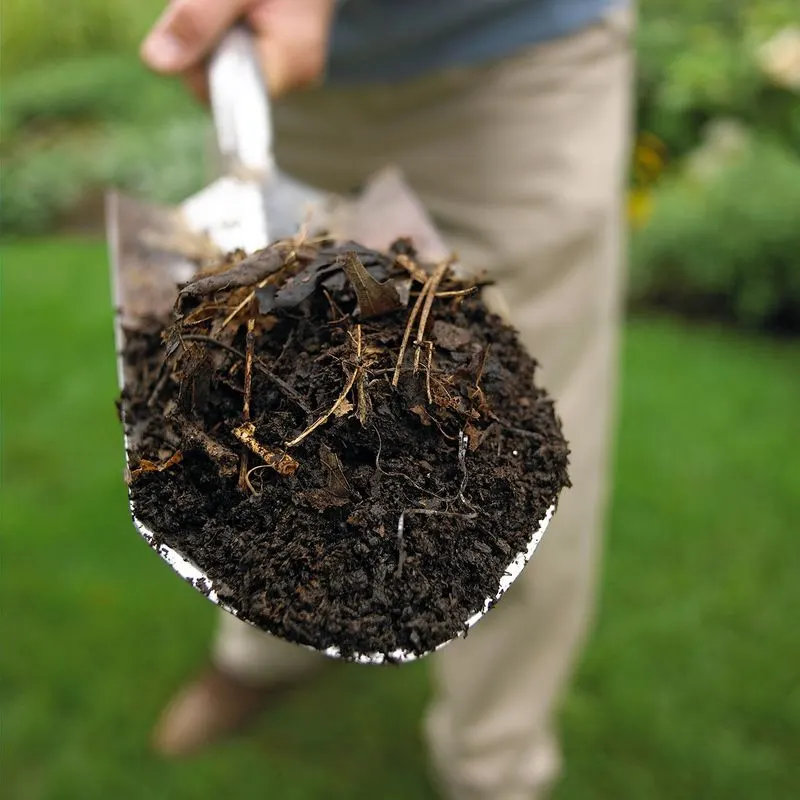
A common misconception is that adding sand to clay soil improves drainage. This myth persists despite evidence suggesting otherwise. Mixing sand with clay can create a concrete-like substance, worsening drainage. Instead, focus on incorporating organic matter like compost, which improves soil structure and promotes aeration. Organic amendments help create a loam-like texture, enhancing water retention and root growth. It’s this approach, rather than sand addition, that truly benefits clay soil. By understanding soil science, gardeners can make informed decisions for healthier plants.
Myth 5: Bigger Pots Mean Bigger Plants
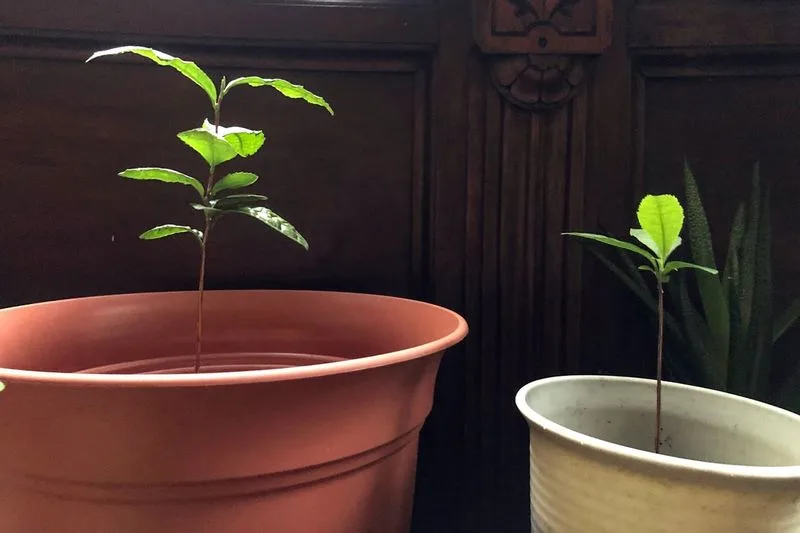
The notion that bigger pots ensure bigger plants is misleading. While pot size affects root space, it’s not the sole factor in plant growth. Overly large pots can lead to waterlogged soil and root rot, harming plants. Instead, choose pots that match your plant’s size and growth stage. Proper drainage, soil quality, and environmental conditions play significant roles in plant development. Evaluate these factors alongside pot size for optimal growth. Remember, it’s the right balance that nurtures healthy, thriving plants.
Myth 6: Coffee Grounds Are Ideal for All Plants
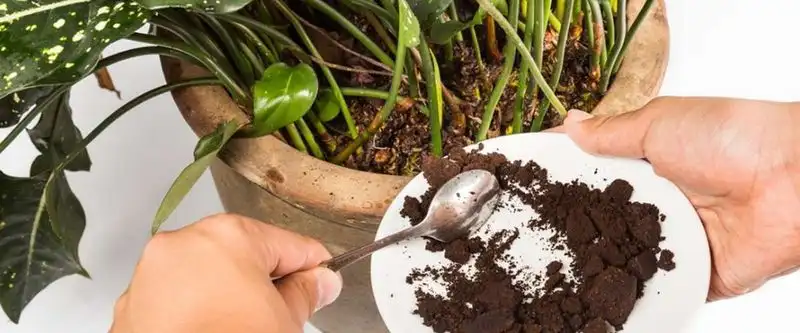
Coffee grounds are often touted as a universal plant booster, but they’re not suitable for all. While they can enrich soil with nitrogen, they also lower pH, affecting plant health. Some plants thrive in acidic environments, but others don’t. Additionally, coffee grounds can compact, hindering soil aeration. Use them judiciously, mixing with other organic materials to create a balanced amendment. Tailor your approach based on your garden’s specific needs. By understanding the unique requirements of your plants, you can decide if coffee grounds are truly beneficial.
Myth 7: All Insects Are Bad for Your Garden

The idea that all insects are garden enemies is a prevalent misconception. In reality, many insects play crucial roles in maintaining ecological balance. Beneficial insects like ladybugs and bees pollinate plants and control pests, aiding garden health. Recognizing these allies can improve your gardening strategies. Embrace biodiversity by providing habitats for beneficial insects and practicing integrated pest management. By fostering a garden that supports diverse life, you contribute to a thriving ecosystem. Learn to differentiate between harmful pests and beneficial insects for a harmonious garden.
Myth 8: Pruning Hurts Plants

Pruning is often misunderstood as harmful, yet it’s an essential gardening practice. When done correctly, pruning stimulates growth, removes diseased parts, and shapes plants. The key is to prune at the right time and with the right technique. Different plants have varying pruning needs, so it’s important to research specific requirements. Regular pruning encourages healthier growth and more abundant blooms. Instead of fearing it, embrace pruning as a tool for enhancing your garden’s vitality. With proper knowledge, you can transform pruning into a rewarding experience.
Myth 9: Gardens Need Full Sun All Day
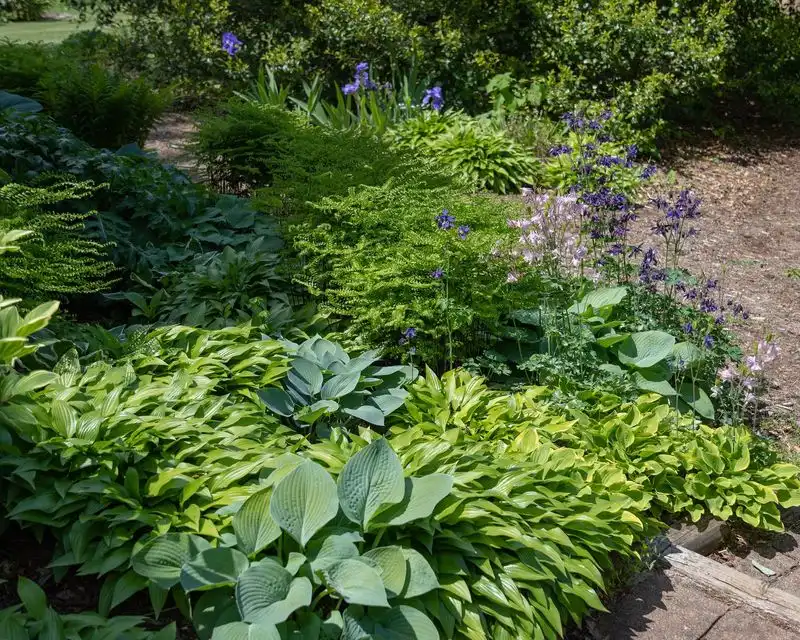
Many believe gardens require full sun all day, but this isn’t universally true. Light needs vary among plants, with some thriving in partial shade. Understanding these requirements helps you position plants for optimal growth. Assess your garden’s light patterns and select plants accordingly. By matching plants to their ideal conditions, you can create a more diverse and resilient garden. Recognize that even shaded areas offer gardening opportunities, and embrace the unique dynamics they bring. This myth underscores the importance of understanding your plants’ individual needs.
Myth 10: Planting by the Moon Enhances Growth
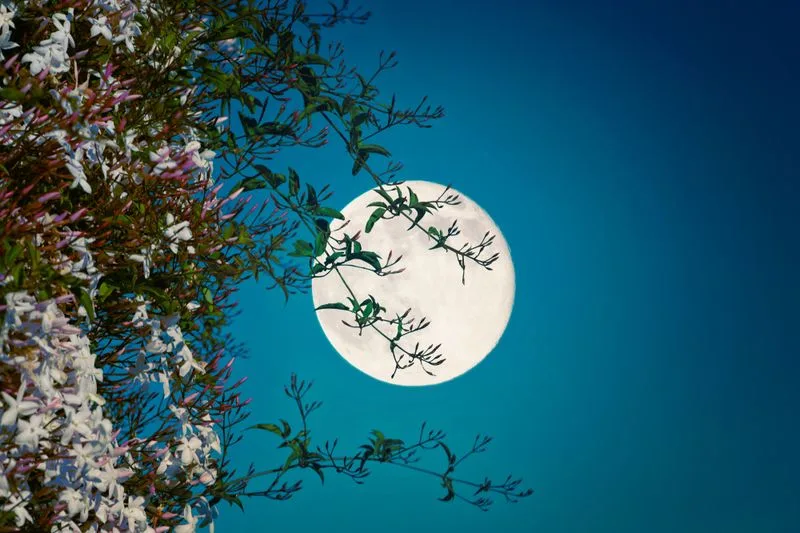
The idea of planting by the moon’s phases is steeped in folklore. While romantic, scientific evidence supporting lunar planting’s efficacy is lacking. Gardening success relies more on soil, climate, and plant selection than celestial timing. However, aligning gardening tasks with moon phases can bring structure to your routine. Whether you follow the moon or not, the key is understanding your garden’s needs. Use proven horticultural practices to guide your efforts, and let the moon be a source of inspiration rather than a strict schedule.
Myth 11: Eggshells Deter Slugs
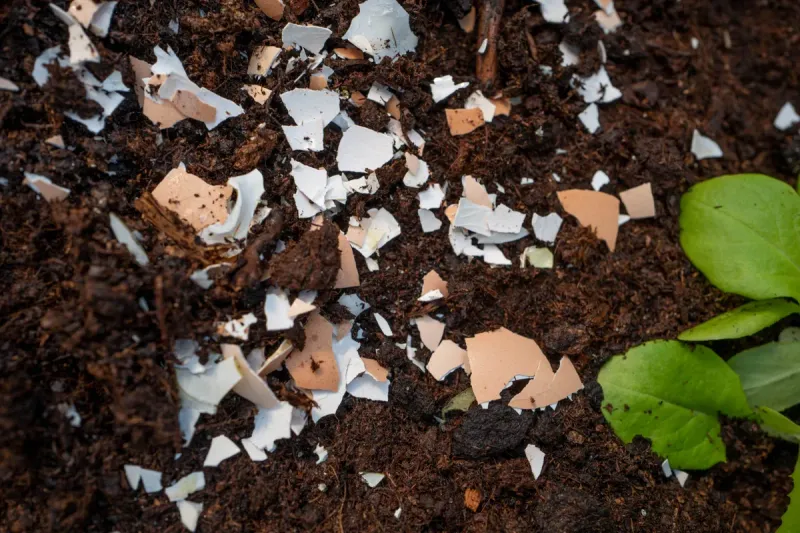
Eggshells are often recommended as a natural slug deterrent, but their effectiveness is questionable. While crushed shells create a rough barrier, determined slugs may still cross them. Instead, focus on integrated pest management methods like traps and barriers. Observation and early intervention are key to managing slug populations. Use eggshells as a soil amendment rather than relying solely on them for pest control. By employing diverse strategies, you can better protect your plants from these persistent pests. Understanding the limitations of home remedies is crucial for effective gardening.
Myth 12: Ashes Improve Soil Fertility
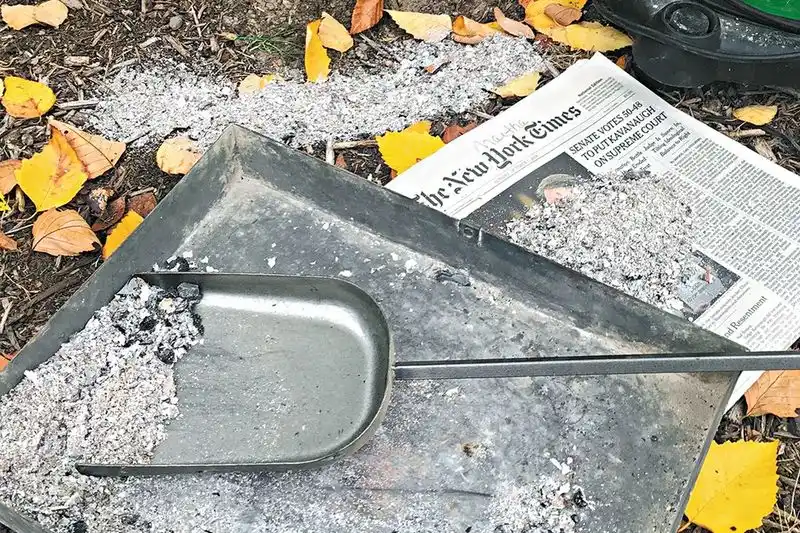
Wood ashes are sometimes used to boost soil fertility, but this practice requires caution. While ashes raise soil pH and add nutrients like potassium, they can also imbalance soil chemistry. Test your soil before application to ensure compatibility. Excessive use may harm acid-loving plants, so moderation is key. Consider alternative amendments that align with your garden’s specific needs. By understanding the properties of wood ashes, you can make informed decisions that enhance, rather than hinder, your garden’s productivity.
Myth 13: Newspaper as Mulch Means Instant Weed Control
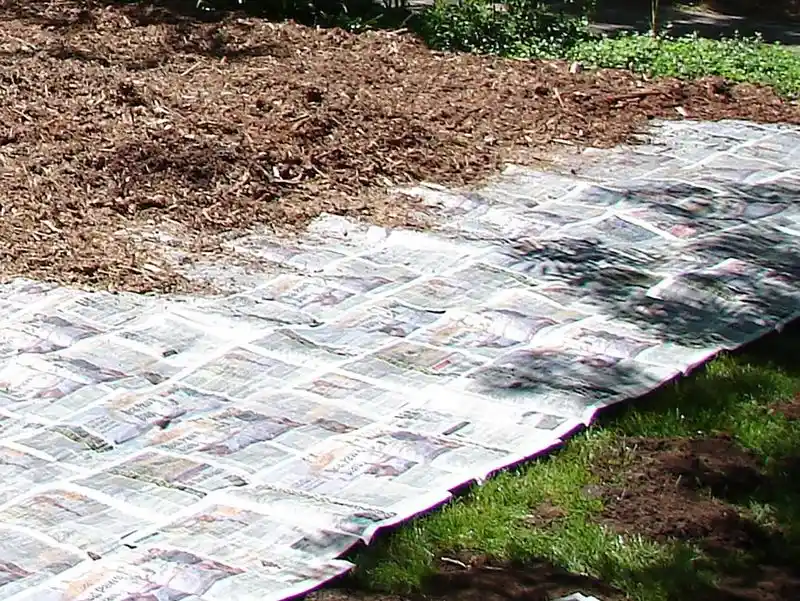
Using newspaper as mulch is a popular method for weed control, but it isn’t foolproof. While newspaper smothers weeds, it needs consistent application to be effective. As paper breaks down, weeds may resurface, requiring additional layers. Combine newspaper with other mulch materials for better results. Maintain a thick, even layer to suppress weed growth effectively. Understand that no single method guarantees complete weed control. By integrating various techniques, you can manage weeds more successfully. Consider newspaper as a component of a broader mulching strategy for best outcomes.
Myth 14: More Fertilizer Means Better Growth
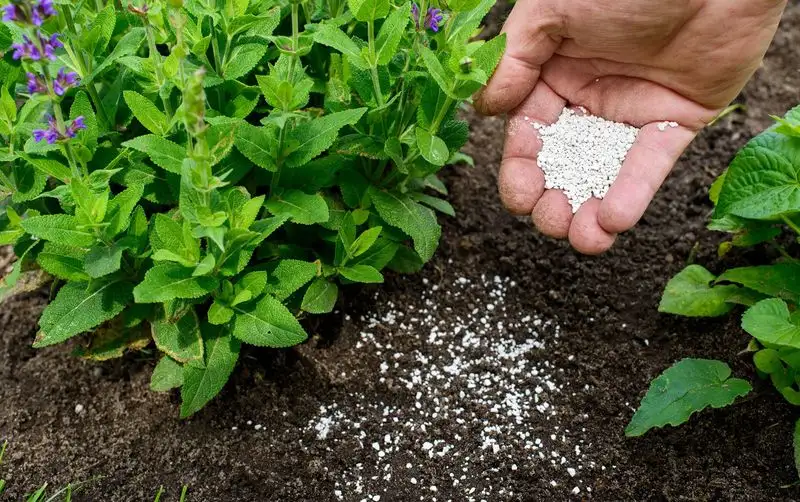
The belief that more fertilizer leads to better growth is widespread but misguided. Over-fertilizing can damage roots, leading to nutrient imbalances and poor plant health. Plants require specific nutrient ratios, so testing soil before fertilizing is vital. Use fertilizers judiciously, following recommended guidelines to avoid harm. Consider organic options that release nutrients slowly, supporting sustainable growth. By understanding your garden’s nutritional needs, you can apply fertilizers more effectively. Remember, balance is key to nurturing healthy plants without risking over-fertilization.
Myth 15: Plants Thrive in Any Soil
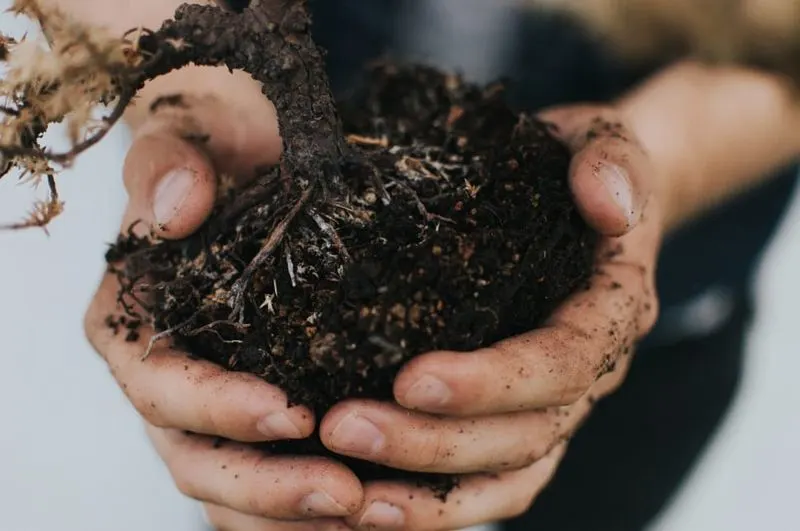
The notion that plants thrive in any soil is a common misconception. Soil quality profoundly affects plant health, influencing water retention and nutrient availability. Different plants have unique soil preferences, requiring tailored care. Conduct soil tests to understand composition and amend accordingly. Incorporate organic matter to enhance poor soils and promote healthy root systems. Matching plants to suitable soil types optimizes growth and resilience. By recognizing soil’s role in plant performance, you can create a more harmonious garden environment.
Myth 16: Rocks in Pot Bottoms Improve Drainage

Placing rocks in the bottom of pots is a long-standing practice believed to improve drainage. However, this myth has been debunked by experts. Rocks create a perched water table, hindering drainage rather than enhancing it. Instead, use well-draining potting mixes to ensure proper water flow. This approach supports healthy root development and prevents waterlogging. Understanding container dynamics is crucial for successful potted plant care. By dispelling this myth, gardeners can adopt more effective methods for promoting plant health in containers.
Myth 17: You Can Skip Weeding If You Mulch
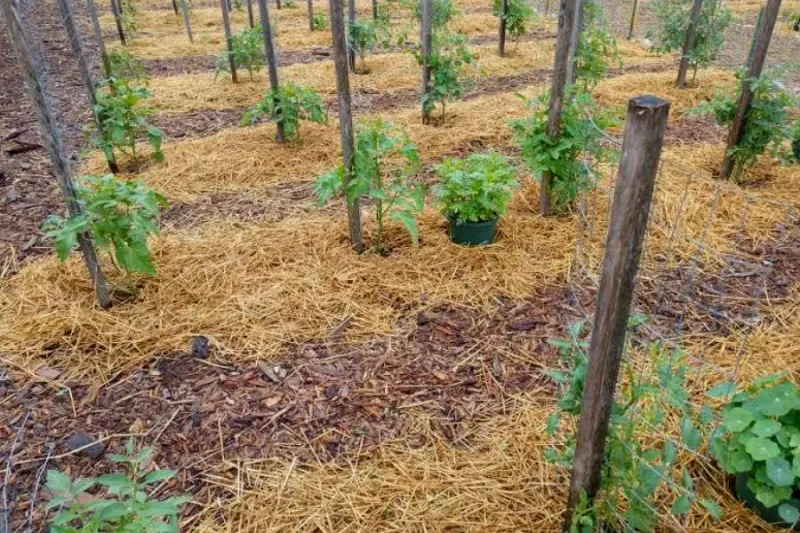
Mulching is a valuable tool for weed suppression, yet it doesn’t eliminate the need for weeding. Weeds can still emerge, particularly if mulch is thin or disturbed. Regular weeding complements mulching by removing persistent invaders. Maintain mulch at appropriate depths to maximize effectiveness. By combining mulching with vigilant weeding, you enhance your garden’s appearance and health. Understanding the limitations of mulching helps set realistic expectations for weed control. Embrace this layered approach for a tidier, more manageable garden.

